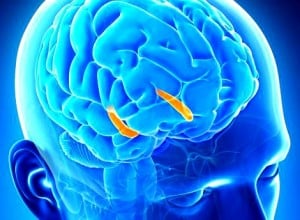
The researchers evaluated six adults with hippocampal lesions, one adult with damage to the medial temporal lobe (the location of the hippocampus), and 12 people who served as the control group. The participants completed two tasks. In the first task, the researchers showed the participants an image of a pair of boots and asked the participants to draw the scene. The researchers scored the drawings for detail and accuracy on a five-point scale. They also analyzed normal tendencies like ‘boundary extension’, in which people tend to exaggerate the size of the background of a scene. In the second tasks, the researchers showed the participants a scene and asked them to describe what they might see if the scene were enlarged. The researchers scored the narratives on details, spatial references, thoughts, and emotions.
The findings indicate that the hippocampus is primarily associated with memory. The participants with hippocampal damage scored lower on the first task, with an average score of two compared to the control group’s average score of three. However, both the participants with hippocampal damage and the control group had normal boundary extension in the first task and demonstrated equal skill in creating narratives in the second task.
Senior author Larry Squire, PhD, Distinguished Professor of Psychiatry, Neurosciences, and Psychology, says of the results, “Patients with hippocampal lesions can perform spatial tasks as long as these tasks don’t depend on long-term memory. We think they can do these spatial tasks because these tasks can be managed within short term memory functions, supported by the frontal lobe of the neocortex.”
This research is published in the Proceedings of the National Academy of Sciences.
Previous news:



 © 2025 Unyte Health US Inc.
© 2025 Unyte Health US Inc.